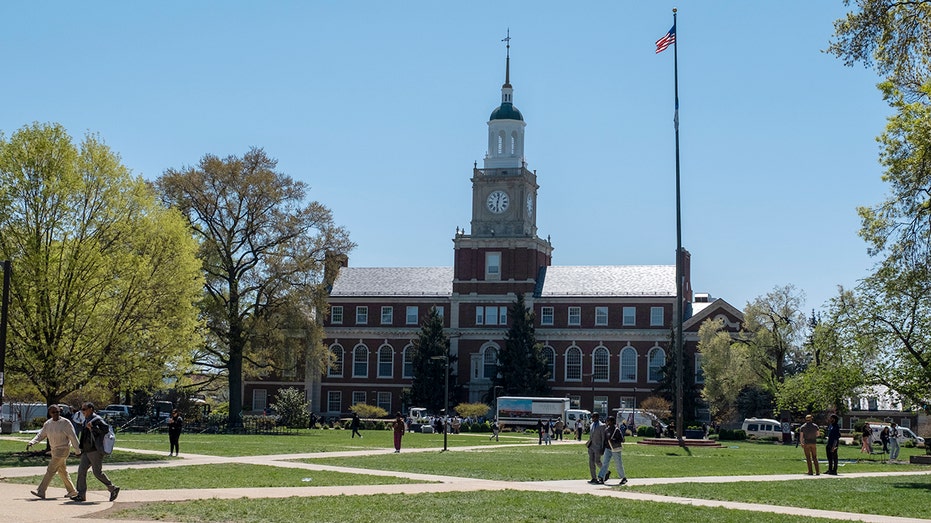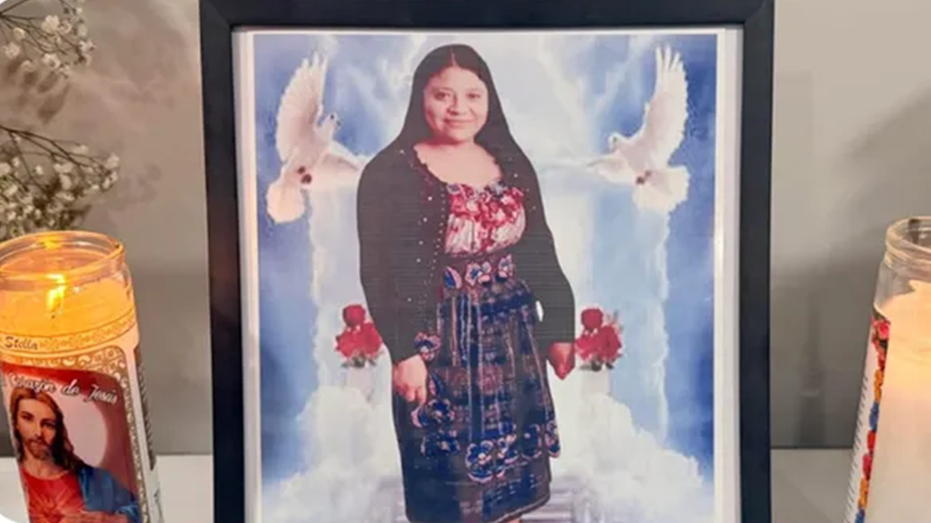A wave of unsettling violence has crashed over historically Black colleges and universities, leaving students and administrators grappling with fear and a desperate need for safety. What began as isolated incidents has escalated into a disturbing pattern of shootings and credible threats disrupting the heart of these vital institutions.
Last month alone, gunfire erupted near HBCU campuses during celebratory homecoming events. In Washington, D.C., just steps from Howard University, a shooting injured four and a teenage boy – one victim connected to Morgan State University in Maryland. Simultaneously, a tragic shooting at Lincoln University in Pennsylvania left one dead and six wounded.
The violence wasn’t confined to those campuses. A 19-year-old visitor was killed and another injured at South Carolina State University’s homecoming, and three individuals were arrested for carrying weapons at Southern University and A&M College in Louisiana, one of whom discharged a firearm. Similar incidents unfolded at Jackson State and Alcorn State Universities, the latter resulting in a fatality.
Experts suggest a chilling reality: many of these incidents are perpetrated by individuals with no affiliation to the universities themselves, seemingly intent on disrupting events and sowing chaos. The presence of armed individuals at public gatherings, once unthinkable, is now a grim possibility.
Beyond the immediate threat of gun violence, HBCUs are facing a surge in “swatting” incidents – false emergency reports designed to trigger massive law enforcement responses and create widespread panic. A recent study revealed HBCUs receive a disproportionate number of these threats, impacting over half of these institutions in the last three years and forcing campus shutdowns.
In response, universities are bolstering security measures. Increased camera surveillance, additional police presence, and strengthened partnerships with local and federal law enforcement are becoming commonplace. Magnetometers at events and perimeter patrols are being considered as further deterrents.
However, the emotional toll on students is immense. The constant undercurrent of fear threatens to undermine the very purpose of higher education – a safe and nurturing environment for learning and growth. The ability to simply attend a college event without fearing for one’s life is being stolen from an entire generation.
The situation demands more than just reactive security measures. It requires a proactive approach to understanding the root causes of this violence and a commitment to ensuring that HBCU students can pursue their education free from the shadow of fear and the threat of harm.






